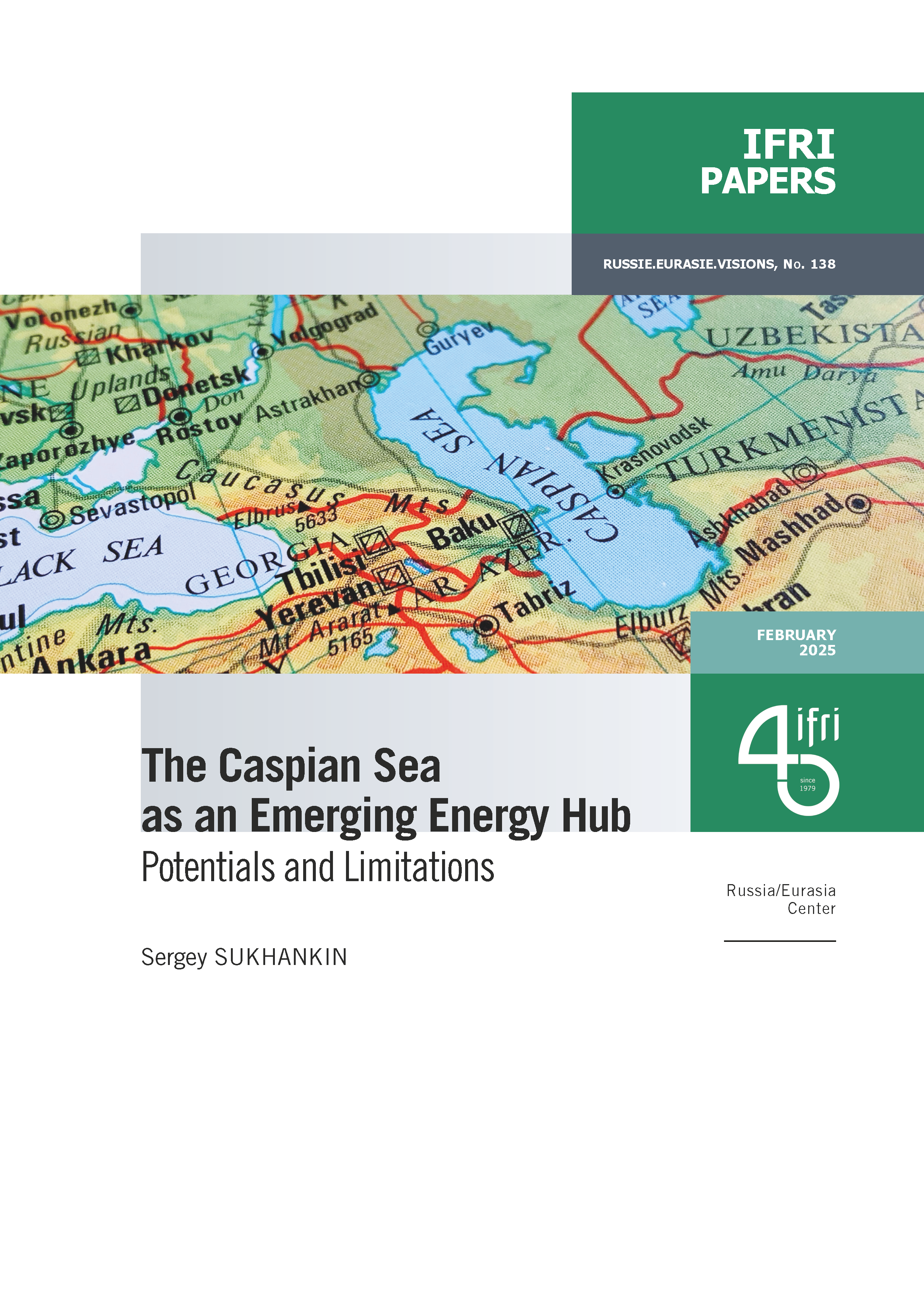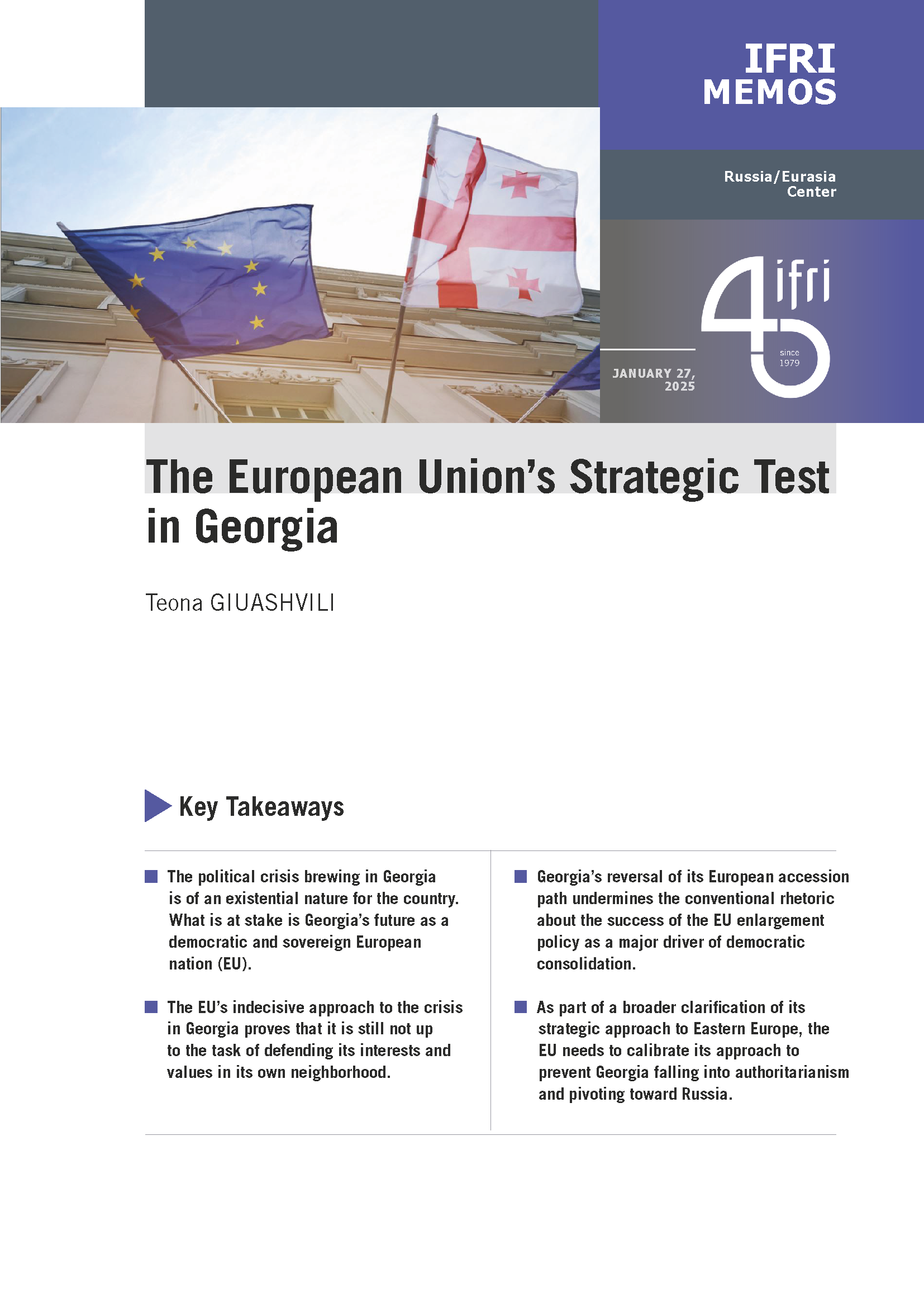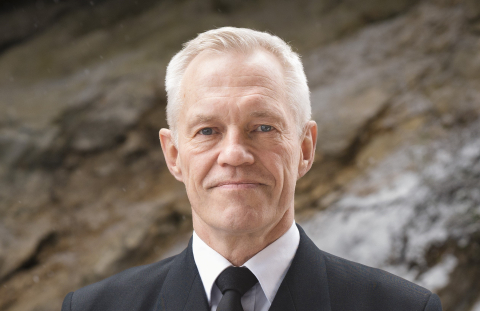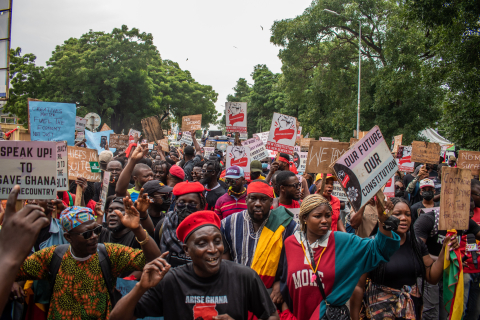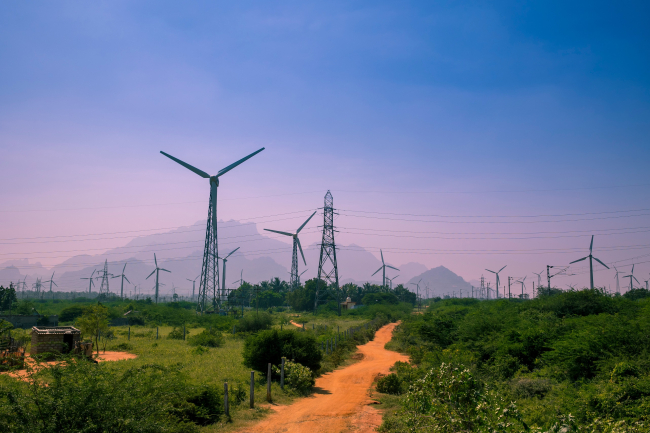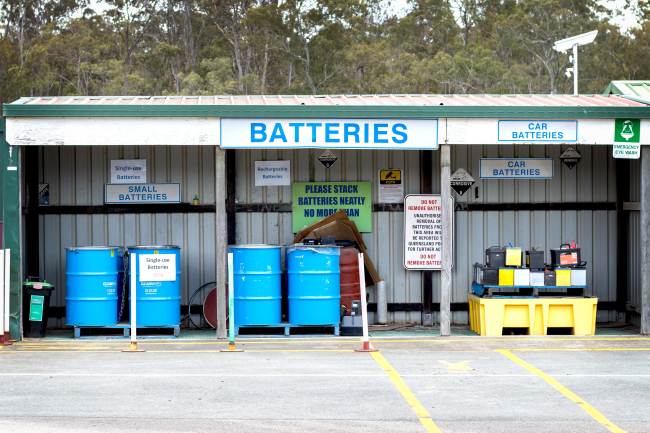The Europeanisation of the Energy Transition in Central and Eastern EU Countries: An Uphill Battle that Can Be Won

Russia’s war in Ukraine, and the brutal decoupling from Russian fossil fuels, is a game changer for the Central and Eastern Europe region which was still heavily dependent on Russia for its energy supply.
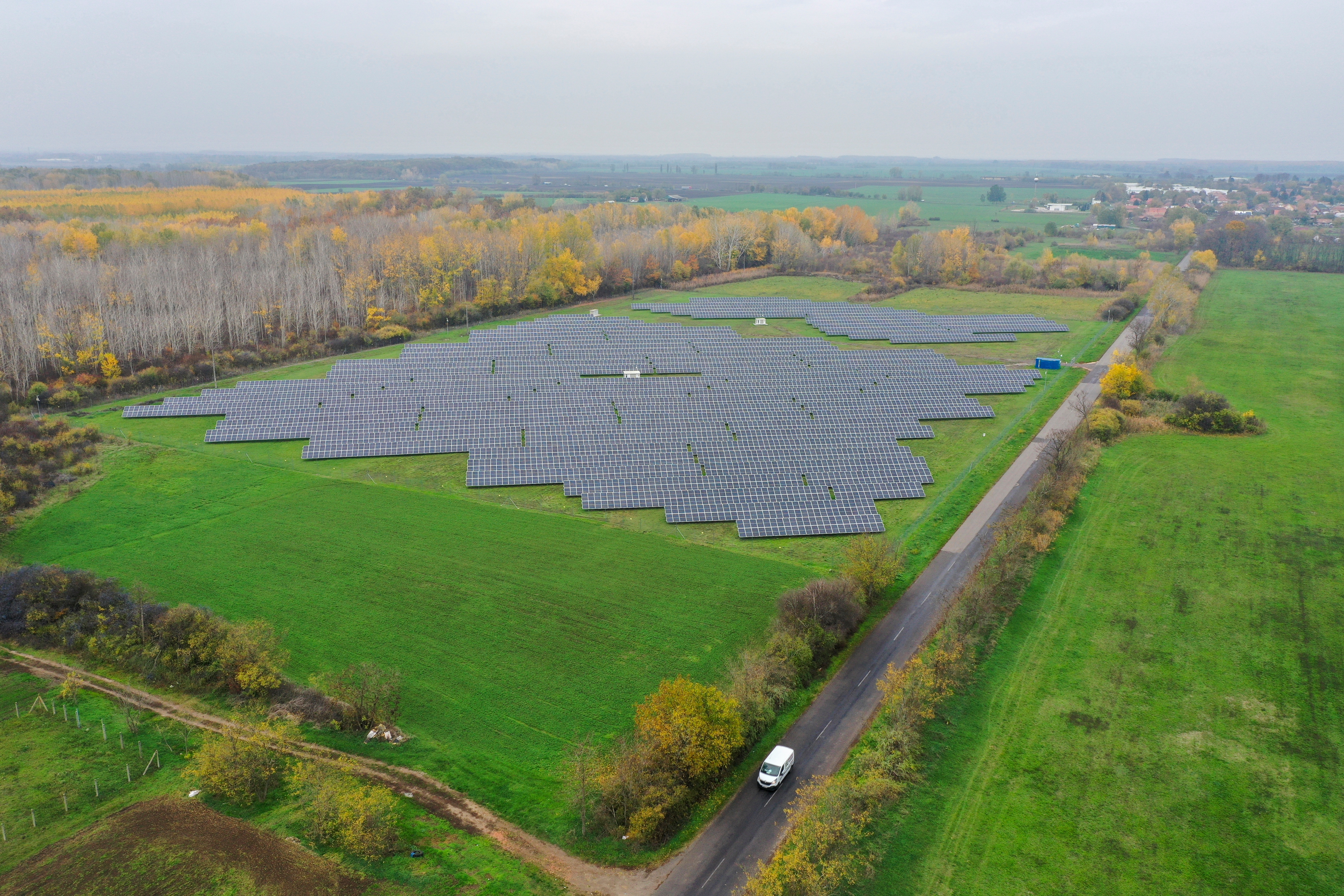
There are still a few oil, gas, and nuclear fuel supplies, but the sharp decline, and search for alternatives, lead to a shift in paradigm: deploying low-carbon technologies and energy efficiency is now a matter of national security and economic security. Hence, following the 2022 energy crisis, the understanding that the European Union’s (EU) energy security of supply means an acceleration in phasing out fossil fuels and deploying clean energies has become the newest European acquis in energy policy, increasing the importance of the Green Deal at EU, national and local levels. The risk that a carbon wall would be erected within Europe between the West and the Central and Eastern European Member States (CEECs) is no more valid.
The concept of Europeanization is at the core of the analysis of the energy transition in the CEECs. The progress on greenhouse gas (GHG) emissions reduction observed in these Member States (MS) can be considered as a success of the Europeanization process in this region, as its timing coincides with the implementation of the 2020 agenda for climate and energy, to the establishment of which these countries were part of. Moreover, the Clean Energy Package and the Green Deal seem to have been successful in putting in place a mechanism of cognitive framing pertaining to the Europeanization toolbox, by setting a framework for all Europeans to move in the same direction, of a cleaner and healthier way of living, independently of their starting point. Given the status quo in the ten CEECs, the new ambitious objectives regarding transport decarbonization will translate into important transformation costs for the region, which in turn could increase the risk of renegotiation attempts, as the circular Europeanization theory predicts.
The acknowledgment at the EU level that the transition must be just to succeed is one instance of bottom-up Europeanization, where the challenges brought forward by specific Member States shaped the European energy transition agenda and discourse. Large financial support for this end was a first condition for CEECs to support the climate neutrality agenda. The second condition is that CEECs plan to replace their coal fleet at least partially with nuclear power, be they reactor capacity expansions, lifetime extensions, large new reactors, or small modular reactors (SMRs). The third condition has been securing a role for the use of natural gas for the transition, which in 2022 turned out to be a costly choice.
With the crisis, CEECs have all taken on board the necessity to boost renewables as a tool to rapidly decrease dependence on imported fossil fuels, to meet the 2030 targets, prepare for the progressive phase-out of free emission allowances while awaiting the new nuclear generation capacities due from 2035 onwards. This strategy is also supported by public opinion, while it remains to be seen how public acceptance of SMRs will be. This gives the CEE region a strong joint interest to push for the inclusion of nuclear energy in EU legislations, alongside France. On gas, countries have switched to liquefied natural gas (LNG) and diversified their pipeline supplies, and where possible, try to boost the domestic supply of natural gas and soon, biomethane. Although being relatively far from alternative gas entry points means that for some CEECs Russia remains, to a certain extent, a necessity, this cannot be used as an excuse for undermining EU unity and should push towards harder EU-level reflections on energy solidarity on which some progress was done during the 2022 energy crisis.
It remains to be seen if a new line of fragmentation will not appear between Germany and Austria on the one hand and the CEEs on the other: following the Nord Stream betrayal and denial by Germany of Polish energy security concerns for example, CEECs are concerned about the extraterritorial outreach of Germany’s nuclear phase-out policies, and of Austria’s continued systemic opposition to nuclear. This plays in the hand of the United States, which is the ultimate gatekeeper to pressure Germany and secure the energy technology choices of CEECs through the export of US technologies. Of note is also the shared concern now over the dependence on Russian nuclear fuels and equipment, and efforts to reduce this. A last source of possible tensions comes from some new gas infrastructure investments which can strengthen resilience but risk locking in gas much longer than the EU trajectory allows for.
Beyond nuclear energy, however, the interest in accelerating the deployment of renewables, and the concern over a just transition, the note shows that there is little in common between the CEECs which have all their specificities.
Last but not least, this note argues that a new risk of fragmentation may emerge, related to the localization of innovation and the volume of state aids and subsidies to industries. While some CEECs appear to be a frontrunner in the deployment of battery cell gigafactories, their financial and budgetary capacities are much more limited compared to Western MSs, and their ability to develop comprehensive, coherent climate plans, and to mobilize EU tools and funding, is also limited. Without an EU Sovereignty Fund, the region will find it hard to keep pace with EU’s objectives in the Net-Zero Industry Act and the Critical Raw Materials Act due to limited fiscal space to be leveraged for state aid purposes, despite more favorable conditions.

Available in:
Regions and themes
ISBN / ISSN
Share
Download the full analysis
This page contains only a summary of our work. If you would like to have access to all the information from our research on the subject, you can download the full version in PDF format.
The Europeanisation of the Energy Transition in Central and Eastern EU Countries: An Uphill Battle that Can Be Won
Related centers and programs
Discover our other research centers and programsFind out more
Discover all our analysesAI, Data Centers and Energy Demand: Reassessing and Exploring the Trends
The information and communication technologies sector today accounts for 9% of global electricity consumption, data centers for 1-1.3%, and artificial intelligence (AI) for less than 0.2%. The growing energy demands of cloud services first, and now AI workloads (10% of today’s data centers electricity demand), have exacerbated this trend. In the future, hyperscale data centers will gain shares amongst all kinds of data centers and AI will probably account for around 20% of data centers electricity demand by 2030.
Unlocking India’s Energy Transition: Addressing Grid Flexibility Challenges and Solutions
India is rapidly scaling up its renewable energy (RE) capacity, adding 15–20 GW annually, but the ambitious goal of 500 GW of non-fossil capacity by 2030 is at risk unless the pace accelerates.
Europe’s Black Mass Evasion: From Black Box to Strategic Recycling
EV batteries recycling is a building block for boosting the European Union (EU)’s strategic autonomy in the field of critical raw minerals (CRM) value chains. Yet, recent evolutions in the European EV value chain, marked by cancellations or postponements of projects, are raising the alarm on the prospects of the battery recycling industry in Europe.
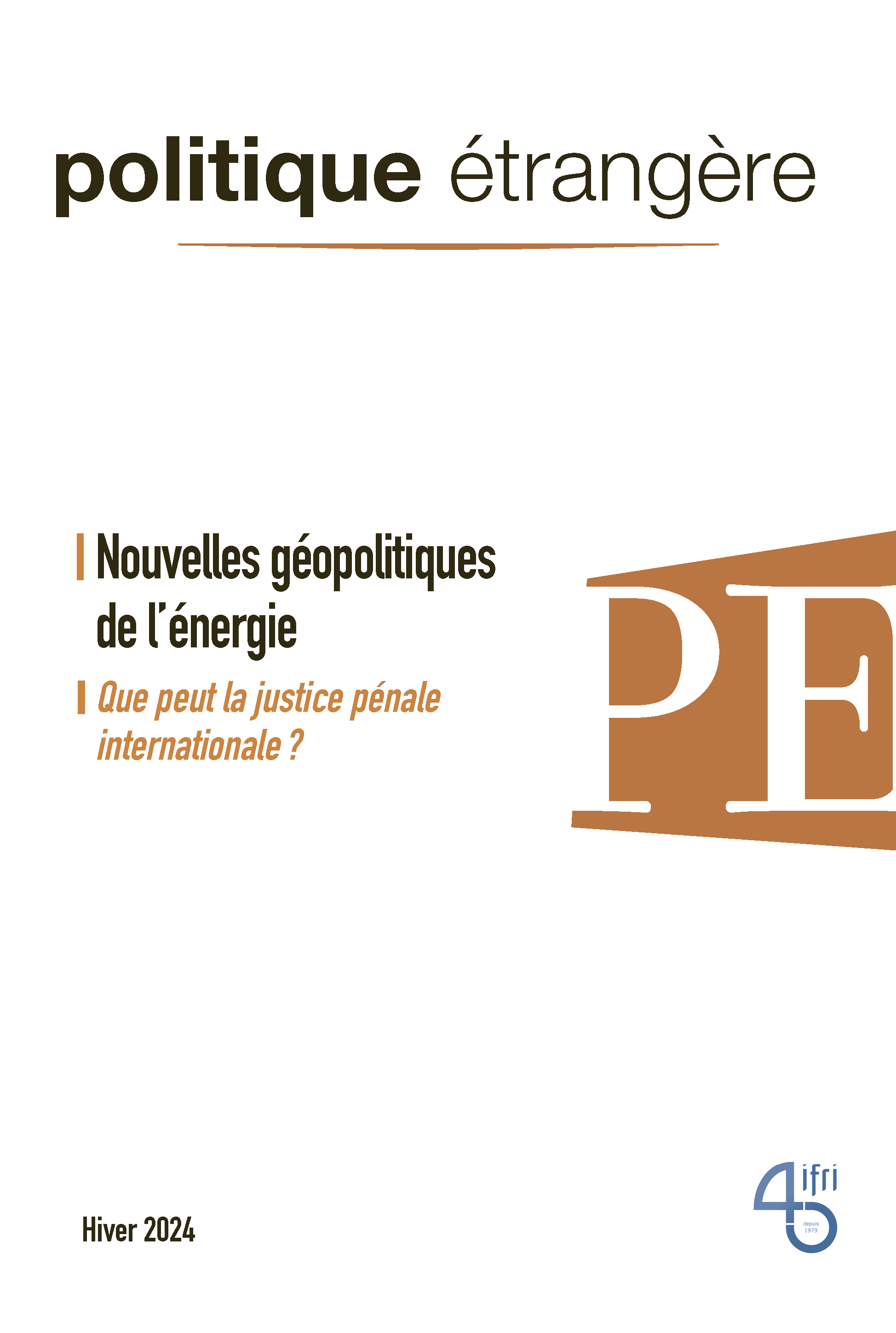
The New Geopolitics of Energy
Following the dramatic floods in Valencia, and as COP29 opens in Baku, climate change is forcing us to closely reexamine the pace—and the stumbling blocks—of the energy transition.


